Karachi's urban landscape presents both challenges and opportunities for natural pollination due to its blend of concrete and green spaces. The city's parks, gardens, and street trees serve as vital habitats for bees, butterflies, birds, and bats, crucial for maintaining ecological balance. Despite rapid urbanization leading to habitat loss and pollution, Karachi is implementing strategies like urban beekeeping, green space creation, planting native species, and rooftop gardens to enhance natural pollination, creating a sustainable urban environment that supports both urban dwellers and wildlife.
Karachi, Pakistan’s vibrant metropolis, is witnessing a unique interplay between urban development and natural pollination trends. With a rich biodiversity hidden within its concrete jungle, the city supports a diverse range of pollinators. This article explores Karachi’s green network and how it influences local ecosystems. We delve into the challenges posed by urban growth while highlighting successful initiatives to foster a sustainable future for these vital species, ensuring Karachi’s natural pollination patterns thrive.
- Understanding Natural Pollination: The City's Green Network
- Karachi's Unique Ecosystem: A Haven for Pollinators
- Urban Challenges: Impacts on Local Pollinator Populations
- Fostering Natural Trends: Initiatives in the Metro City
- A Sustainable Future: Protecting and Enhancing Karachi's Pollination Patterns
Understanding Natural Pollination: The City's Green Network
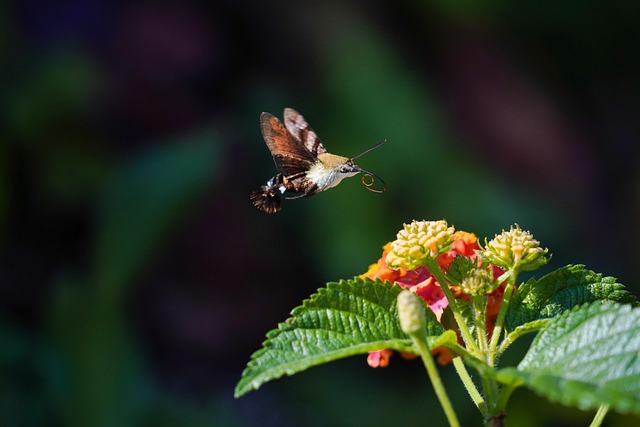
Karachi, as a bustling metropolis, presents a unique challenge and opportunity when it comes to natural pollination. The city’s diverse landscape includes a mix of concrete jungles, green spaces, and pockets of natural habitats. Understanding this intricate web of pollination is crucial for fostering biodiversity within urban limits.
The city’s green network acts as a lifeline for local ecosystems, facilitating the movement of pollinators like bees, butterflies, and birds. Parks, gardens, and even street trees provide vital stopover points for these creatures, ensuring they have access to food and shelter. By recognizing this interconnectedness, Karachi can embrace strategies that enhance natural pollination trends—a key aspect in maintaining a healthy urban environment.
Karachi's Unique Ecosystem: A Haven for Pollinators
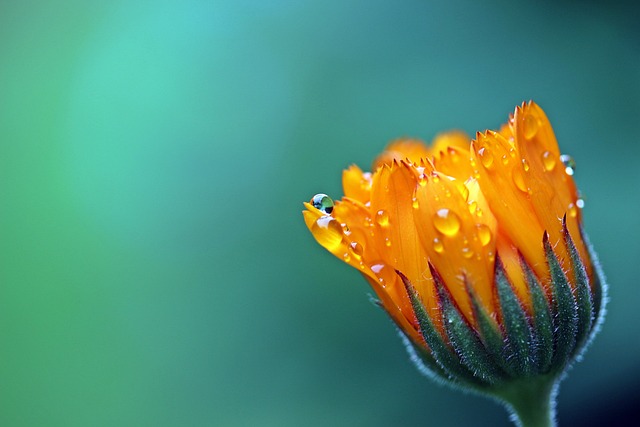
Karachi, Pakistan’s vibrant metropolis, harbors a unique and diverse ecosystem that has become a haven for pollinators. The city’s varied landscapes, from bustling parks to green spaces along riversides, offer a rich array of plant life, attracting bees, butterflies, birds, and bats—all vital contributors to natural pollination. This urban oasis provides a crucial respite for these creatures, offering resources and habitats that support their populations.
The diverse flora in Karachi includes native species that are well-adapted to the local climate, as well as introduced plants that have flourished, creating microhabitats that cater to different pollinators. These natural spaces play a significant role in maintaining ecological balance, ensuring food security for both urban dwellers and wildlife. By fostering an environment conducive to natural pollination, Karachi stands out among global cities, offering insights into sustainable urban planning and the preservation of biodiversity.
Urban Challenges: Impacts on Local Pollinator Populations
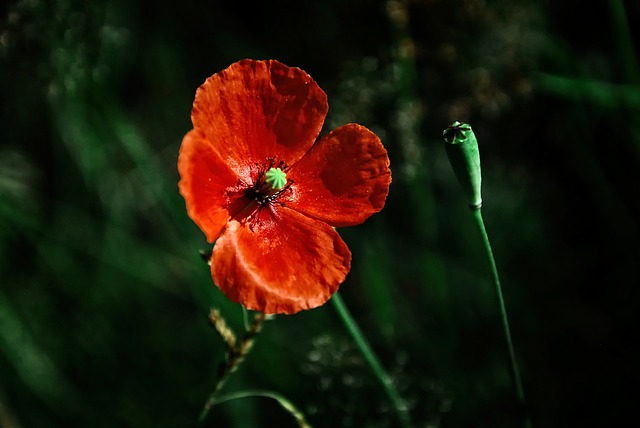
The urban landscape of Karachi, like many modern cities, presents unique challenges for natural pollination and its reliant populations. The city’s rapid expansion has led to widespread habitat loss and fragmentation, significantly impacting local pollinator communities. The lush green spaces that once served as vital hubs for these creatures have been replaced by concrete jungles, towering buildings, and paved roads. This drastic change has resulted in a decline in butterfly, bee, and bird species, all of which play crucial roles in the city’s ecological balance.
Karachi’s urban heat island effect further exacerbates the issue. The increased temperature and reduced green coverage contribute to a less hospitable environment for pollinators. Many plant species that once flourished in the region are now struggling to survive, affecting the food sources available to these essential ecosystem contributors. Additionally, the city’s high pollution levels pose direct threats to pollinator health, with air pollutants and toxic chemicals potentially harming or even killing them. These challenges necessitate urban planning strategies that prioritize green spaces, promote sustainable practices, and protect local wildlife to ensure a healthier and more sustainable future for Karachi’s pollinators.
Fostering Natural Trends: Initiatives in the Metro City
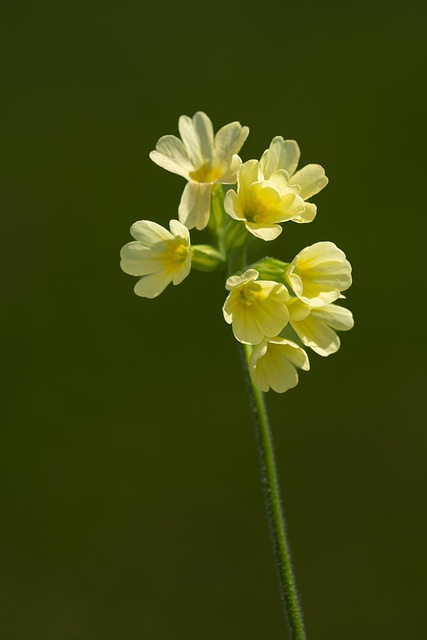
In Karachi, efforts to promote natural pollination trends have taken center stage as metropolitan cities face the challenge of declining bee populations and habitat loss. Initiatives such as urban beekeeping and green space creation are gaining traction among citizens and local authorities alike. These projects not only provide safe havens for bees but also educate the community about their vital role in the ecosystem. School programs and community workshops have been organized to raise awareness, fostering a deeper connection between city dwellers and nature.
The metro city’s diverse landscape offers opportunities for various pollinator habitats. From rooftop gardens and vertical farms to public parks and street trees, these spaces are being optimized to support natural pollinators. Local governments and non-profit organizations collaborate on planting native wildflowers and shrubs known for attracting bees and butterflies, enhancing the overall biodiversity of Karachi. Such initiatives aim to create a more sustainable urban environment where natural trends thrive alongside urban development.
A Sustainable Future: Protecting and Enhancing Karachi's Pollination Patterns
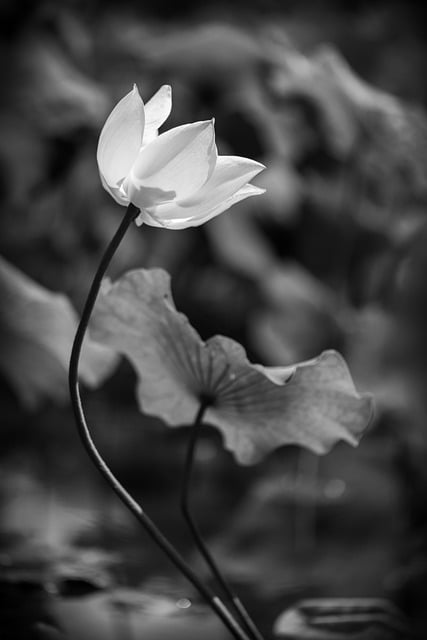
Karachi, as a bustling metropolis, faces unique challenges when it comes to natural pollination trends. However, recognizing the importance of diverse plant life and urban ecosystems is pivotal for a sustainable future. By prioritizing the protection and enhancement of Karachi’s pollination patterns, we can create a greener and healthier city environment. This involves strategic planting initiatives that cater to native species, encouraging biodiversity within urban spaces.
The integration of green spaces, vertical gardens, and rooftop farms not only beautifies the city but also provides crucial habitats for local pollinators. These measures contribute to a more resilient ecosystem, ensuring that Karachi’s natural pollination trends remain robust. It is through these conscious efforts that we can foster a harmonious relationship between urban development and environmental sustainability in the heart of Pakistan.
Karachi, with its vibrant urban landscape, presents a unique opportunity to understand and preserve natural pollination trends. By recognizing the city’s role as a haven for pollinators and addressing the challenges posed by urbanization, we can initiate sustainable practices. The initiatives discussed in this article highlight the potential for fostering a greener Karachi, where natural pollination patterns thrive. Protecting and enhancing these ecosystems is crucial for the city’s biodiversity and ensures a thriving future for both urban residents and the rich tapestry of local flora.
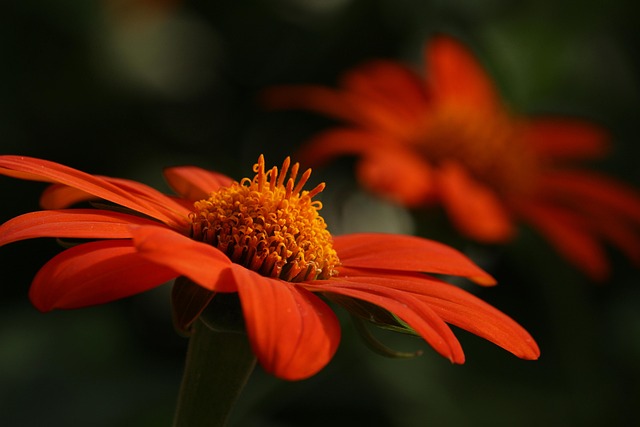
Leave a Reply